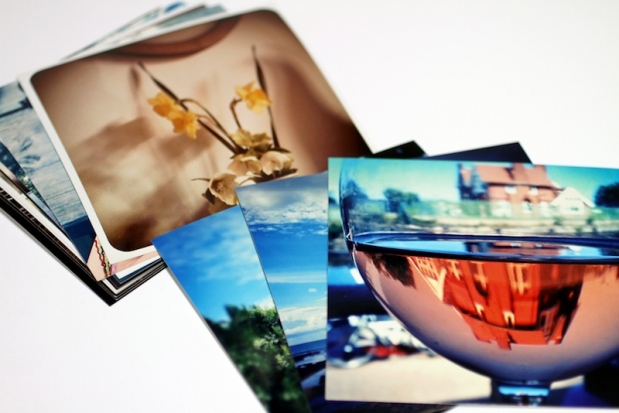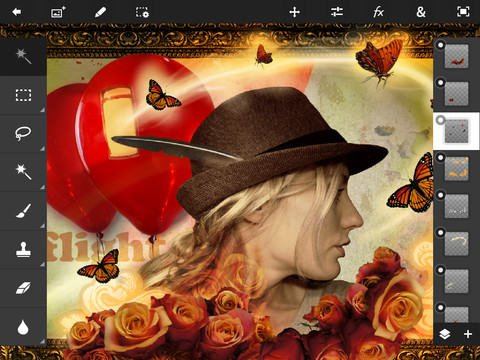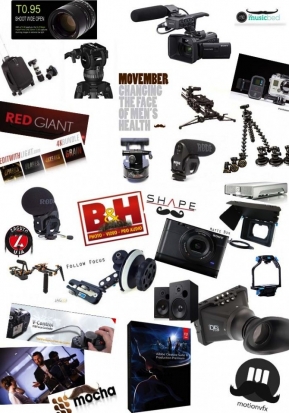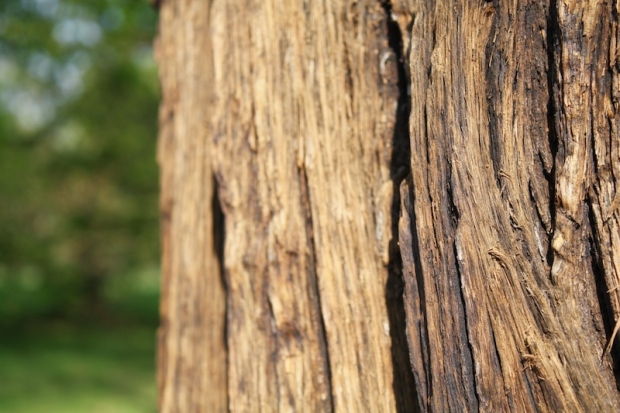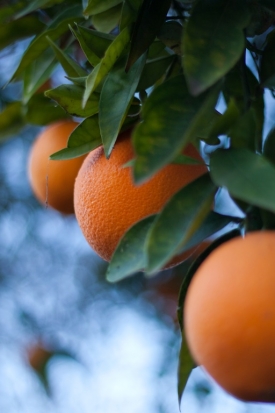
Oranges in the early morning light. Davis, California - January
If you want 2012 in a sentence, it was all about putting big sensors in smaller cameras and the continued rise of social photography. Nikon and Canon both unveiled smaller-bodied cameras that had full-frame sensors, the D600 and a 6D respectively. It was down to Sony to put a full-frame sensor in a compact: the RX1.
As for social photography, that's gone a lot further than Instagram, Twitter, Facebook, and Flickr. It's gone further than wi-fi enabled cameras, too. We've now got 'smartcameras', thanks to Nikon and Samsung. They won't be the only ones.
I'm not going to say that 2012 was an exciting year for photography. Photography is always exciting. But these are the headlines.
January
The new year always brings a flurry of photographic announcements when pretty and shiny new toys are announced at CES in Las Vegas. This year was no exception; if the compact camera is supposed to be dead, manufacturers haven't read that memo yet. Fujifilm unveiled 27 (yes, really, 27) new compacts, as well as a gaggle from Olympus, quite a few from Sony, a couple from Canon, and one from Pentax. There was, however, at least one big-hitter, with the Nikon D4 making its appearance, and not forgetting the Canon G1 X and the Fujifilm X-Pro1, either.
Meanwhile, the Intergoogles went dark to protest about the proposed SOPA legislation, Google axed online editing suite Picnik, things looked very grim for Kodak with the prospect of Chapter 11 bunkruptcy proceedings, and we mourned the death of Eve Arnold.
February
That memo about compact cameras? No, it still hasn't made it to manufacturers: 11 from Canon, ten from Nikon, and two more from Pentax. But, Nikon also brought out the D800, Olympus announced the deliciously retro OM-D, Pentax let the K-01 play in the mirror-less sand-pit, and Canon had some new lenses, too. Oh, and the Japanese authorities made some arrests in the Olympus scandal.
March
The BBC decided that footage from the Canon C300 makes the grade; Sony re-organised itself to give priority to cameras, and it also annunced the SLT-A57.
April
Nikon added the D3200 to its entry-level line-up but officially discontinued the D3x; meanwhile Canon brought out the 1D C and the 60Da especially for astro-photography. When it came to mobile photography, Instagram released its much-anticipated Android app and then jumped into bed with Facebook for $1billion a week later, and Triggertrap launched its mobile app.
There were also vague hints at a Flickr revival: first it brought out the new Uploadr, then it announced that Aviary would be its new partner for editing, after Picnik was rained-off.
May
That potential Flickr revival continued with a few more tweaks that allowed for better control over sizing photos. Adobe Photoshop CS6 was made available, and its subscription service Creative Cloud came with it.
As for new cameras: Pentax's weather-sealed mid-range dSLR, the K-30; rugged cameras from both Olympus and Fujifilm; another SLT (the A37) and a mirror-less (the NEX-F3) from Sony; and some tasty treats from Leica including the M Moncohrom especially for black and white, the X2, and the V-LUX 40.
June
Argyll and Bute council showed themselves be, what I'm wont to describe as, camera-shy wimps who were intimidated by a nine year old who photographed her school meals. Martha Payne, who recorded her exploits in school lunches on her blog Never Seconds, was told that her behaviour was upsetting the kitchen staff, so she couldn't continue. When the rest of the world found out, there was a bit of a out-cry; Argyll and Bute backed down.
Oh, and Fujifilm announced some new lenses for its X-Pro 1, which given the limited offerings, was much-needed.
July
The Olympics began. There was an amazing opening ceremony. The world was focused on that, but it was at the end of the month. Before then Canon went through the mill with a sticky lens problem with the S100 and too much vulcanising agent in the grip on its 650D. However, a years of rumours (that's not an exaggeration), it also announced its mirror-less camera, the EOS M. Nikon brought out its huge 800mm lens and Fujifilm discontinued Velvia 100F and 50.
Flickr users banded together to ask new CEO Marissa Mayer to 'make Flickr awesome again,' and I wondered if there's an ugly truth lurking beneath our beautiful cameras.
August
I spent August glued to the Olympics and the wonderful images it produced. I could say that was all that interested me, but towards the end of the month, things started to ramp up in anticipation of Photokina. Nikon upgraded its 1 Series J1 to a J2, although I wasn't quite sure what the upgrade really comprised. Olympus announced that it was developing a new top-end camera, so the rumour mill started up almost immediately. There were more new camera announcements from Nikon, including the S800c, which is on an Android platform. There was also the C300 from Canon, the Pentax X-5 bridge camera, and the Sony NEX-5R.
Canon celebrated the production of 80 million EF lenses, Getty Images was sold to the Carlyle Group for $3.3 billion, and I took a look at the overall state of the camera market.
September
Ehm... Photokina, anyone? Four new cameras from Canon, including the full-frame 6D and the pocket-rocket S110; Fujifilm's gorgeous XF1 was star of the show; five new cameras from Leica; the new Spark from Lensbaby; the D600 from Nikon; four new lenses and three new cameras from Olympus; an update to the Pentax K-5; Panasonic's GH3; new lenses from Samsung, Samyang, Sigma, and Tamron; and from Sony the full-frame flagship translucent mirror SLT-A99, the full-frame compact the RX1, and the NEX-6.
Otherwise: Smugmug announced a huge subscription fee increase that left quite a few people a little bit upset.
October
Everyone took a breather after Photokina, except for Nikon that turned the V1 into the V2 and Joby, which warned consumers about the perils of fake Gorillapods.
November
Nikon brought out the D5200, Canon set free some new lenses, Adobe updated Photoshop Touch, Triggertrap Mobile was upgraded to allow wireless functionality, and Jordi Ruiz Cirera won the Taylor Wessing Portrait Prize.
December
Apart from a major update to Photoshop, including Retina display compatibility, December was entirely dominated by mobile photography news. There was the minor problem with the Instagram terms of service, awesome editing app Snapseed was made available for Android phones, Twitter and Instagram had a barney, and that Flickr renaissance continued with a much-needed new iOS app and free Pro-subscription for three months for all users.
And 2013?
We're going to be seeing more large-scale sensors in small-form cameras; there's going to be a concerted push towards social photography integration in 'traditional' camera devices; and there will be an increased delineation between dSLR manufacturers and mirror-less camera manufacturers.
Finally, I wish you a healthy, peaceful, and prosperous year ahead.
All images © Daniela Bowker 2012. (Yes, they're my favourites of 2012.)








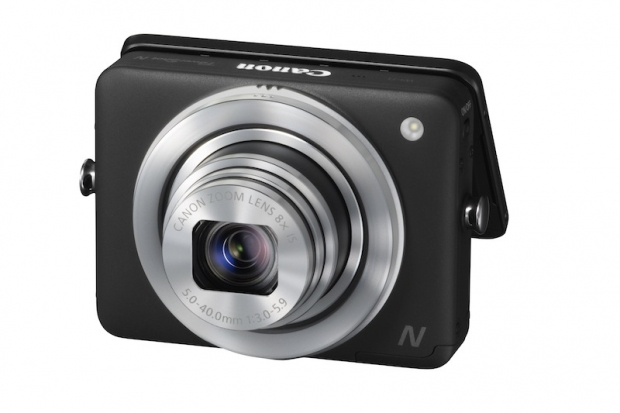



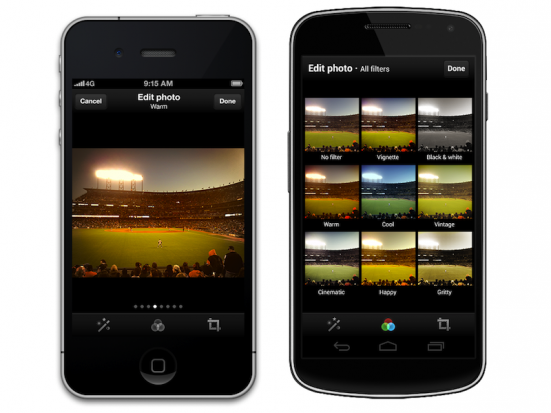
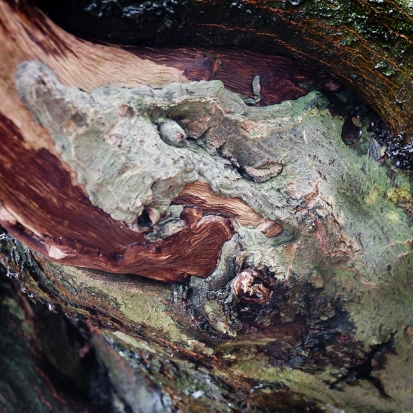



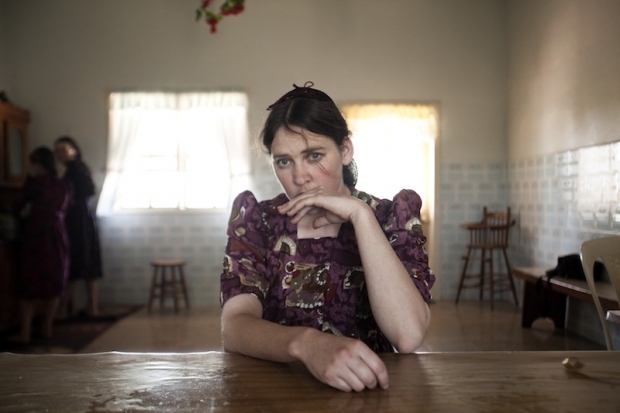 Margarita Teichroeb by Jordi Ruiz Cirera. 1st Prize (Copyright Jordi Ruiz Cirera).
Margarita Teichroeb by Jordi Ruiz Cirera. 1st Prize (Copyright Jordi Ruiz Cirera).